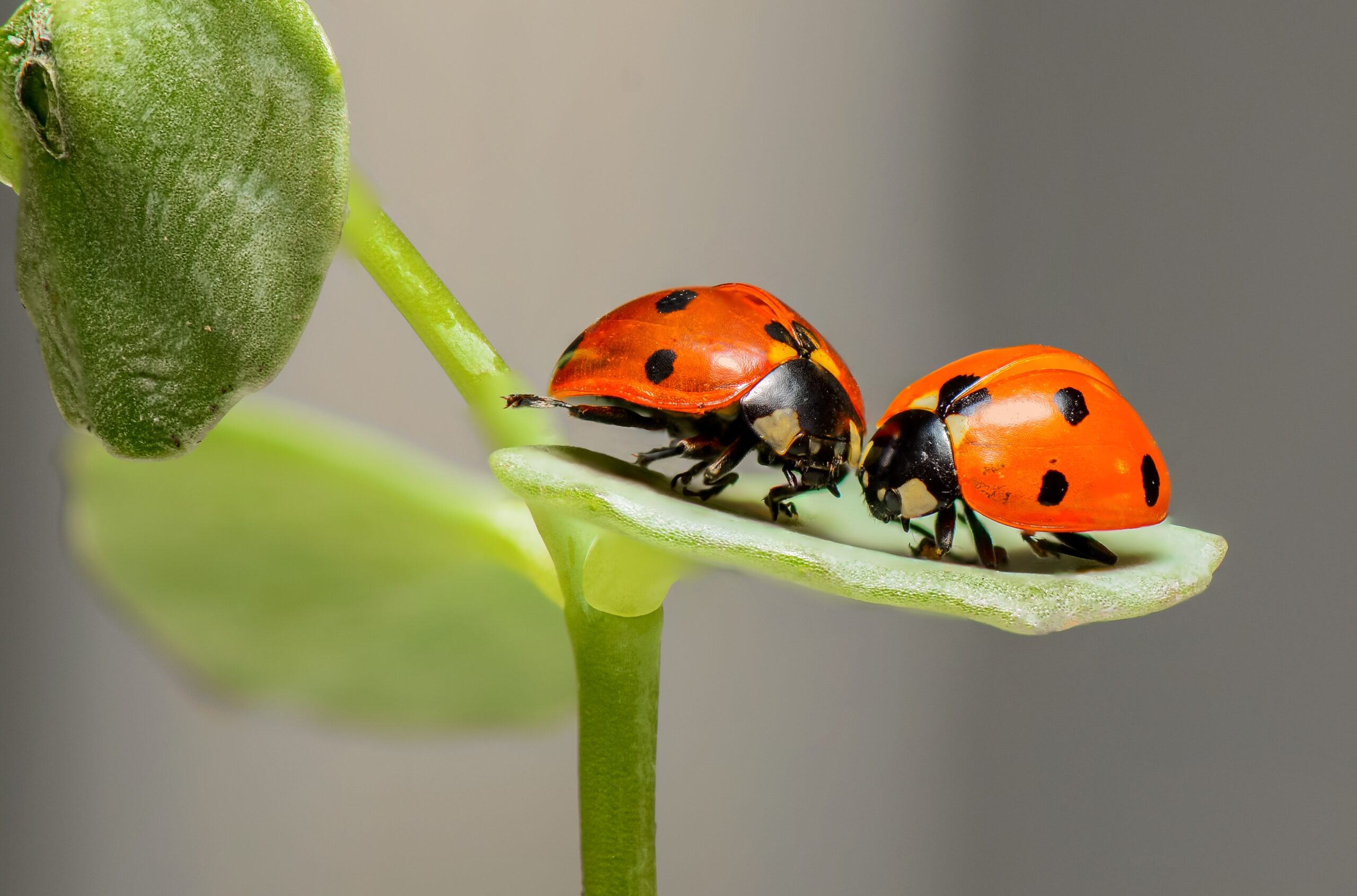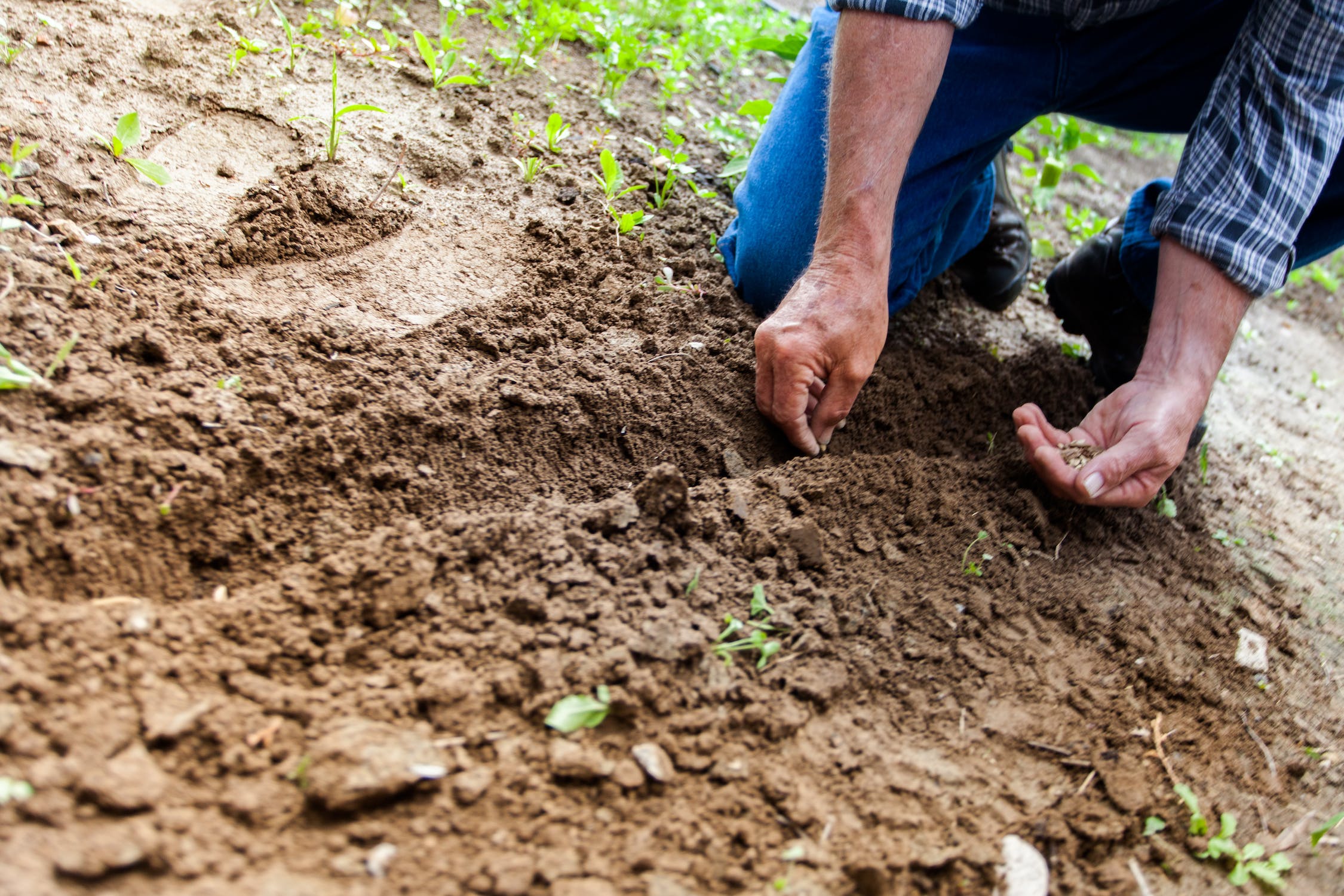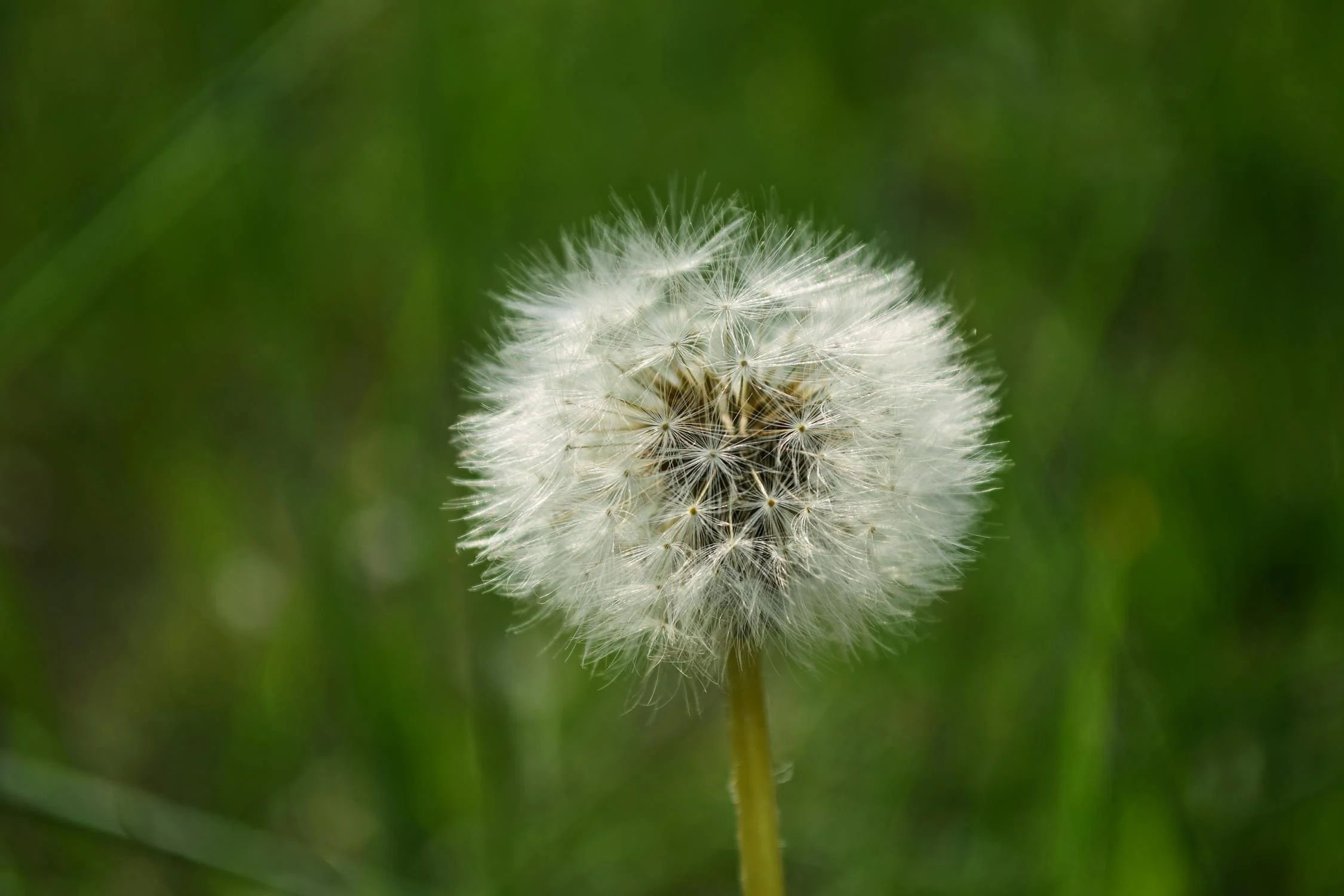Growing and caring for potatoes

Growing and caring for potatoes. Potatoes are a widely cultivated and versatile root vegetable that can be prepared in a variety of ways, from mashed potatoes to French fries to potato salad. Potatoes are relatively easy to grow and care for, making them an excellent choice, even for novice gardeners. Growing potatoes is a great way to get started with vegetable gardening. Potatoes are one of the most popular vegetables in the world and can be grown easily in a wide range of climates. With a little bit of effort, you can enjoy fresh, delicious potatoes straight from your garden.








